Selected Works
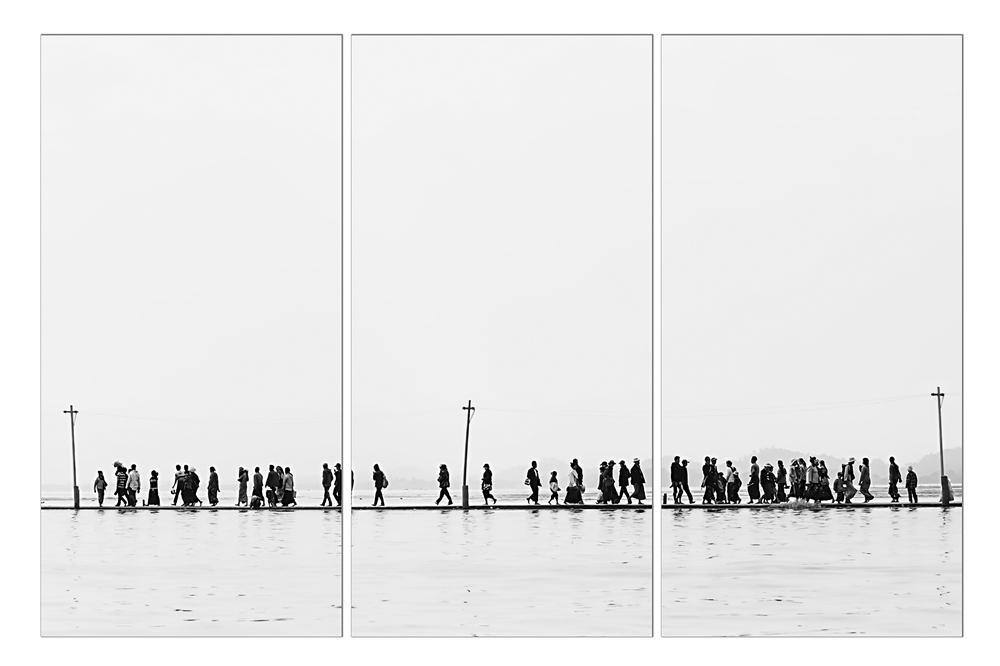
Fine Art
I try to capture a fraction, a snapshot of our civilization and environment. To reconcile the artistic aspect of Fine Art Photography with Documentary Photography, appeals to me very much. The two are not mutually exclusive – on the contrary, I feel that they go hand in hand. People, nature, man-made things, everything that is documented can also be the basis for artistic exploration.
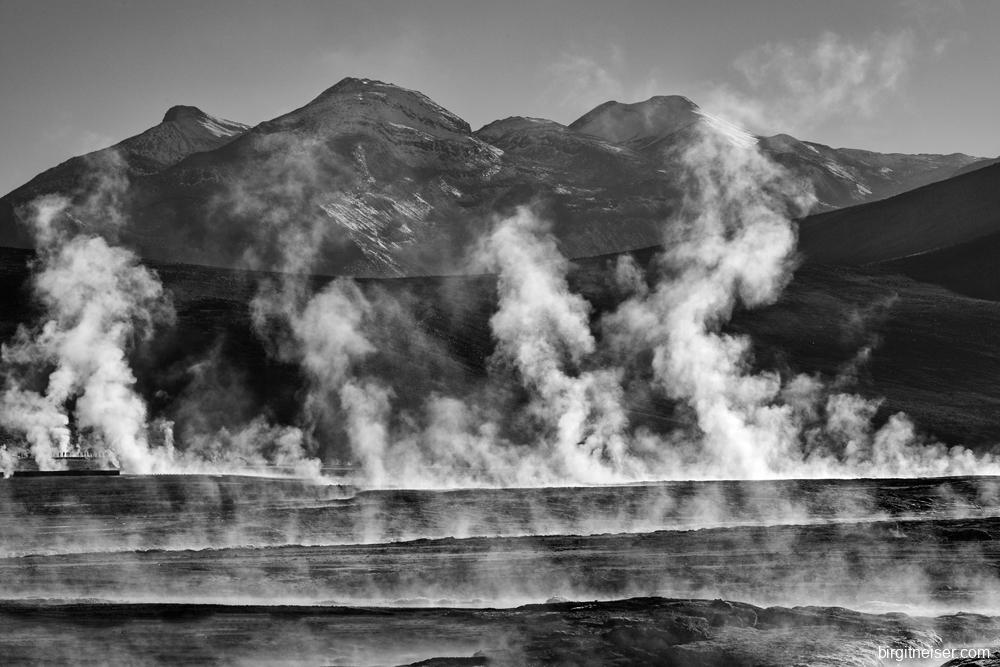
Dreamscape
This body of work will hopefully provide you with some much-needed respite from the worries of our daily lives. These landscapes will widen your eyes and open your mind to your own dreams.
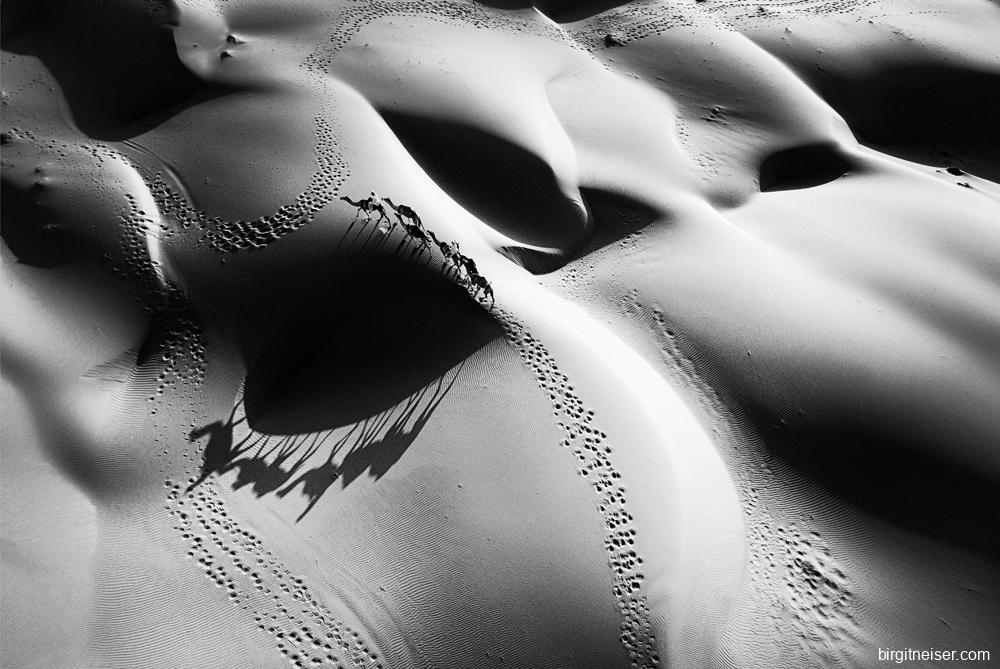
Desertscape
The Sultanate of Oman is one of the driest countries in the world. These may be very harsh conditions, but at the same time it therefore is host to some of the most spectacular deserts in the world. The Empty Quarter and the Wahiba Sands deserts are the best known. Travelling in the desert when you sometimes don´t see any other human being apart from your group for days on end, leaves you humble if not humiliated in your existence by the grand dunes and shapes that unfold around you. A journey into these landscapes is a meditation.
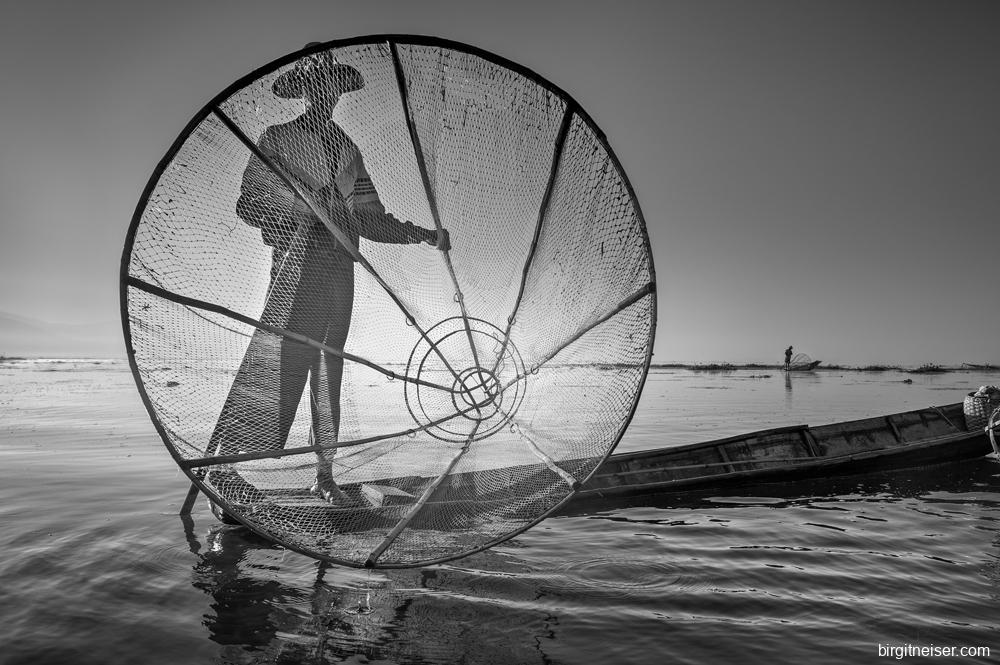
Catching the Light
“Catching the Light” was a long-term project with the aim of documenting Myanmar (published by River Books 2017), formerly known as Burma, between 2010 and 2017. Myanmar was just beginning to embrace a new era of greater freedom. The fragility of the situation is exemplified by the subsequent coup d’état a few years later, which reversed many of the gains made, caused and still causes a lot of damage to the country and the people. Catching the Light, therefore, not only applies to the technical and artistic side of the individual photographs, but also to the project as a whole, which captures a period of optimism and hope for a brighter future in a country still honouring its traditions while embracing new developments.
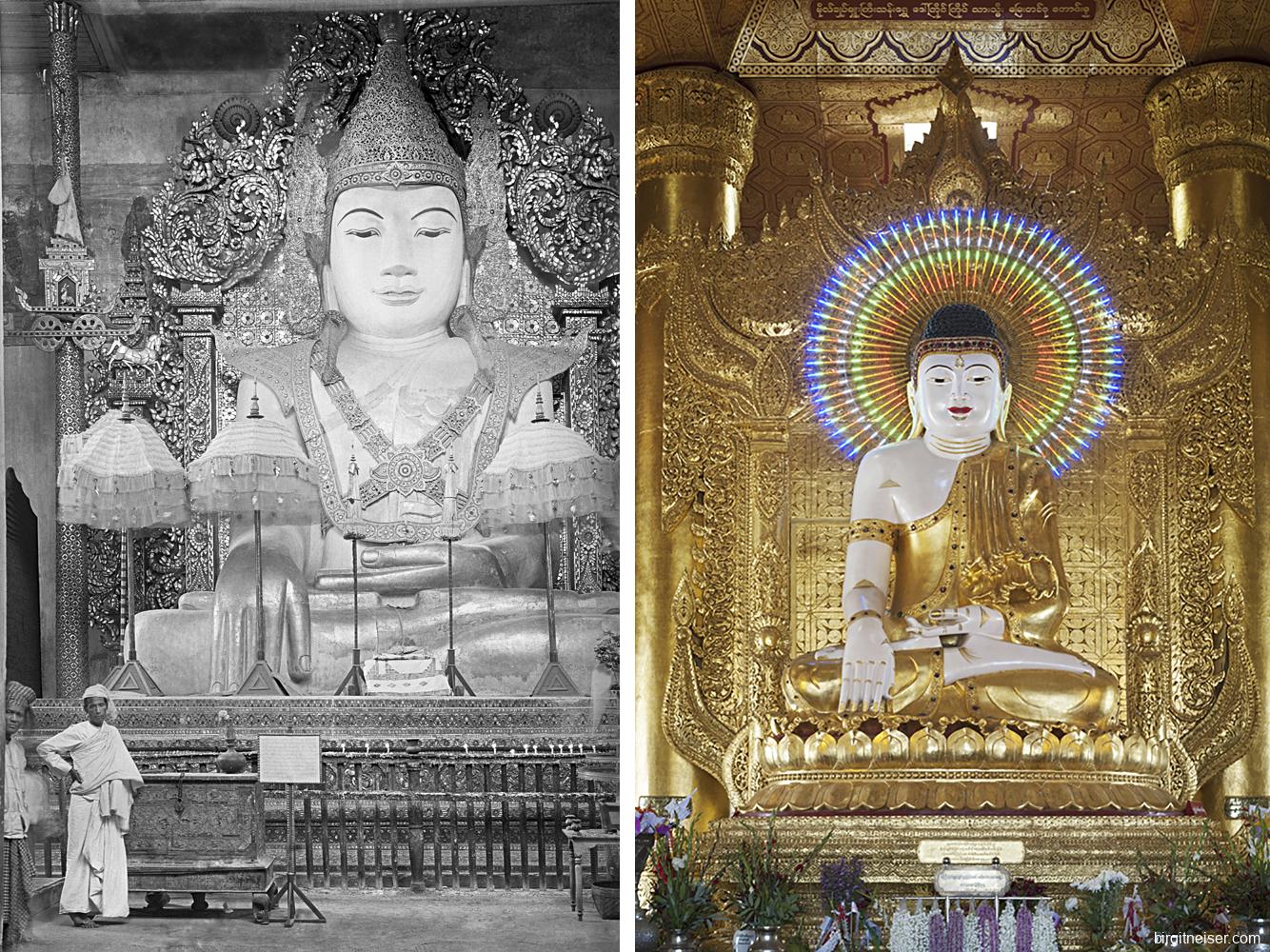
100 Years Burma / Myanmar
In 1911, Munich photographer Christine Scherman embarked on an eight-month ethnological expedition to Myanmar with her husband, Lucian Scherman. His aim was to expand the collection of Burmese artifacts for the then Ethological Museum of Munich. Her aim was to provide a record of the country and its people through photographs. Like Christine Scherman, I am a photographer coming from Bavaria. Like her, I have spent approximately eight months altogether in Myanmar with a similar objective, 100 years later, although I was not aware of Christine Scherman at the time. When I was led into the archives with her photographs, I was therefore delighted to be given the opportunity to exhibit some of my photographs alongside her images a century ago, and to present them together in the Museum 5 Continents in Munich (formerly Ethnological Museum), in the National Museum in Yangon and in the Archeological Museum in Bagan.
It was amazing to see what had changed over the course of 100 years in the country, and what hadn´t. Look for yourself. Some friends suggested that I might be Christine Scherman´s reincarnation for unknowingly chosing or finding similar motifs…. I deeply admire what she did and how she travelled at the time.
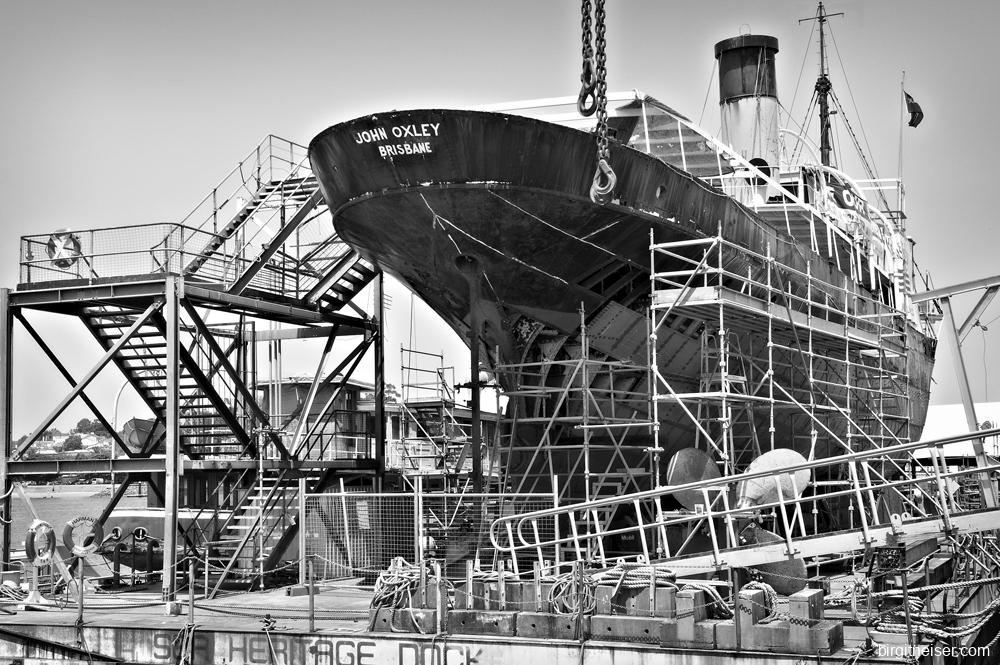
Heritage
The Fleet is a community-based non-profit organisation with a clear mission: to build and maintain an internationally recognised centre of excellence in maritime heritage for the benefit of all Australians. They achieve this by presenting Australia´s continuing maritime history through research, acquisition, conservation, restoration, education and operation. The Fleet’s 450 dedicated volunteers restore, operate and maintain the fleet of vintage vessels. In the process, they ensure the preservation of traditional technical methods and skills. Many retired specialists still know how to operate the old machines and make rivets themselves when they can’t be sourced overseas. This is a strong community of dedicated people who support each other and find purpose in this wonderful work for the heritage fleet, even if it takes decades to restore a vessel. Time is not an issue. What matters is the process.
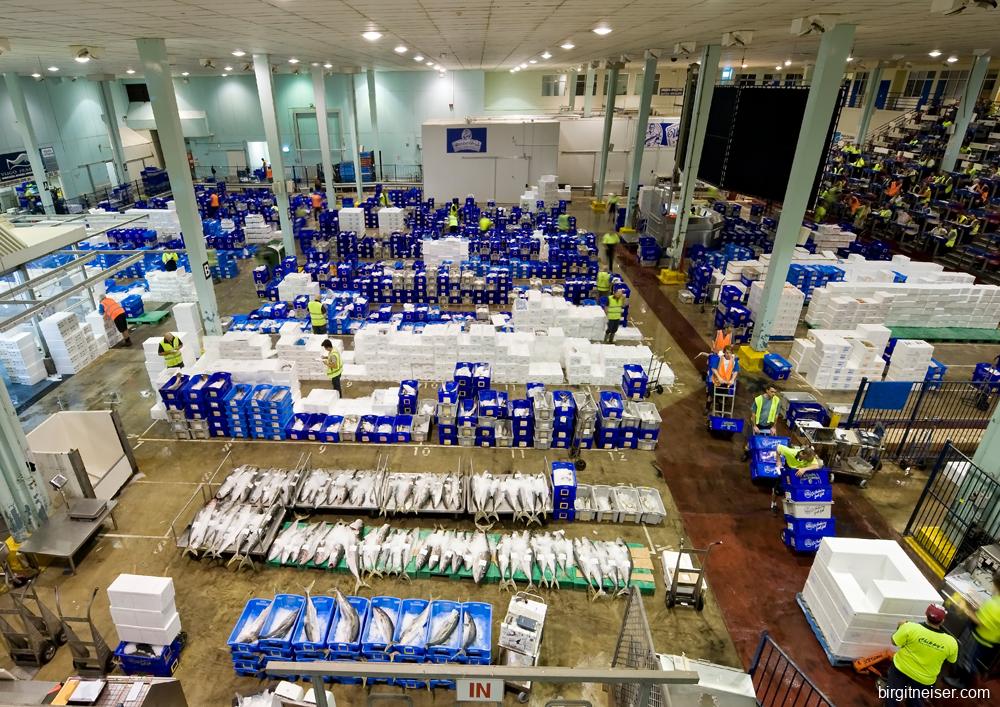
Caught
“The highest bidder shall be the purchaser”. These are the opening words of the auctioneers at the Sydney Fish Market at 5:30 in the morning, five days a week. By then, many people have already worked hard to get the fish and crustaceans into their crates on the auction floor. International suppliers, domestic suppliers from all over Australia and the local fishing fleet have been busy for nights and days and sometimes weeks out at sea procuring what we love to eat. The auction floor exhibits a multiculturalism rarely found elsewhere in Sydney, representing countries like Vietnam, Greece, Italy, China, Lebanon, Tonga, Korea, Romania, Croatia, Scotland and many more as a mini-Sydney. I was deeply impressed by the friendship and respect amongst the workers. espite their different backgrounds.
Very soon, the Sydney Fish Market will be history in its current location, only to be rebuilt and maybe reinvented on an adjacent site on Blackwattle Bay.

Cornered
Corner stores in Australia are a dying species. They are family-owned and family-run businesses for the neighbourhood but increasingly pushed out of business by big supermarket chains. They not only provide the local customers with food and other essential products but also with gossip and useful information. It is sad to see them go so that I try to document as many of them as possible before they disappear.








































































































































